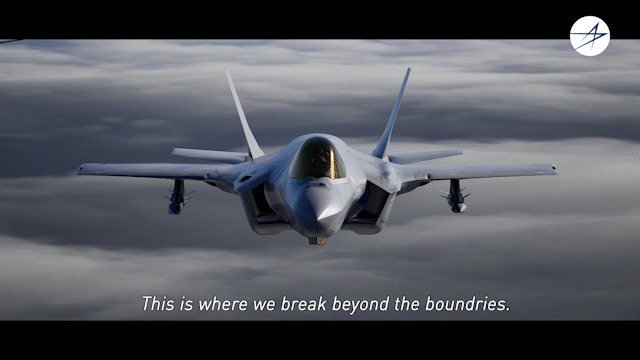1. Mission Success
The Orion spacecraft, built and designed by our engineers, successfully completed its NASA mission to the Moon, paving the way for future crewed missions. Artemis I was an uncrewed mission where Orion spent nearly 26 days in space and completed the first-ever skip entry for a spacecraft built for humans. We are also under contract to deliver three additional Orion spacecraft to NASA for its Artemis VI-VIII missions.
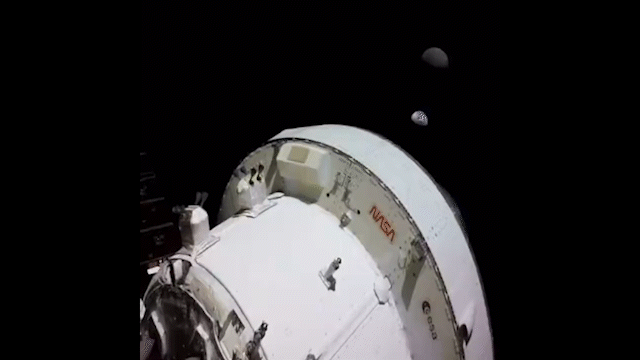
2. F-35: A Global Enterprise
The German Federal Ministry of Defence signed a Letter of Offer and Acceptance for the procurement of 35 F-35As. We also finalized the Lot 15-17 contract with our partners for 398 F-35s. This contract ensures that the F-35 remains the cornerstone of allied fleets worldwide.

3. Hypersonic Innovation
With the U.S. Air Force, we successfully conducted the first All-Up Round hypersonic flight test for the Air-launched Rapid Response Weapon (ARRW), demonstrating ARRW’s operational end-to-end capability at hypersonic speeds and validating the design and production of the system.
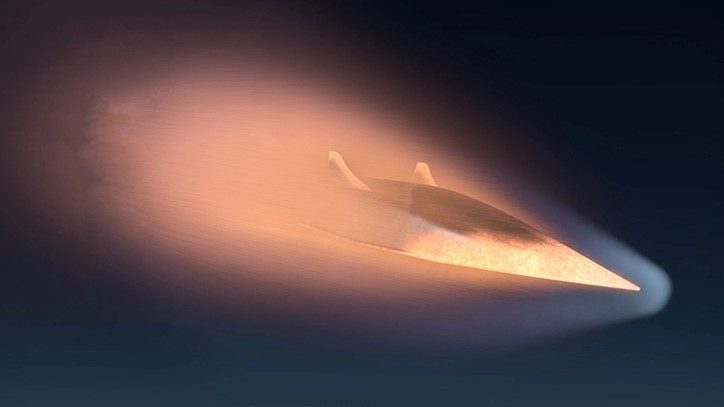
4. Sustainable Energy Storage Solution
The GridStar® Flow team joined the U.S. Army in a groundbreaking ceremony to begin construction on the 1MW/10hr long-duration energy storage system. This demonstration unit will be tested against protocols that ensure critical missions can continue in the event of a long-term power outage and is expected to be operational in 2023.
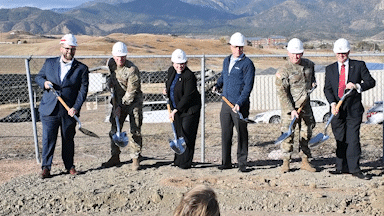
5. Optionally Piloted Black Hawk
Sikorsky and the Defense Advanced Research Projects Agency (DARPA) have successfully demonstrated to the U.S. Army for the first time how an uncrewed Black Hawk helicopter flying autonomously can safely and reliably perform internal and external cargo resupply missions, and a rescue operation. Performed Oct. 12, 14 and 18 as part of the U.S. Army's Project Convergence 2022 (PC22) experiment, the flights showed how existing and future piloted utility helicopters could one day fly complex missions in reduced crew or fully autonomous mode. This capability would give Army commanders and aviators greater flexibility in how and when aircraft and pilots are used, especially in limited visibility or contested environments.

6. A New Production Site
In Camden, Arkansas, we opened the new ‘All-Up Round III’ final assembly building to support increased customer demand for PAC-3 MSE.
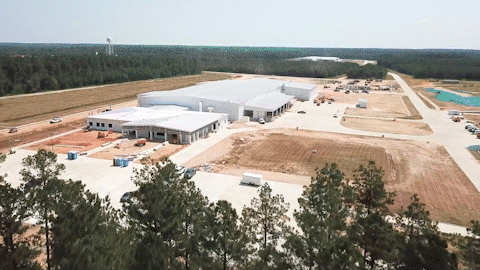
7. Video Conference in Space
The Callisto technology demonstration onboard Orion completed testing during the Artemis I mission—a collaboration between Lockheed Martin, Amazon and Cisco. The custom, space-grade hardware featured innovative technology that allowed Alexa to function without an internet connection and Webex to provide a video-conferencing function that is quite literally out of this world. Callisto could help keep astronauts connected to what matters most on earth.
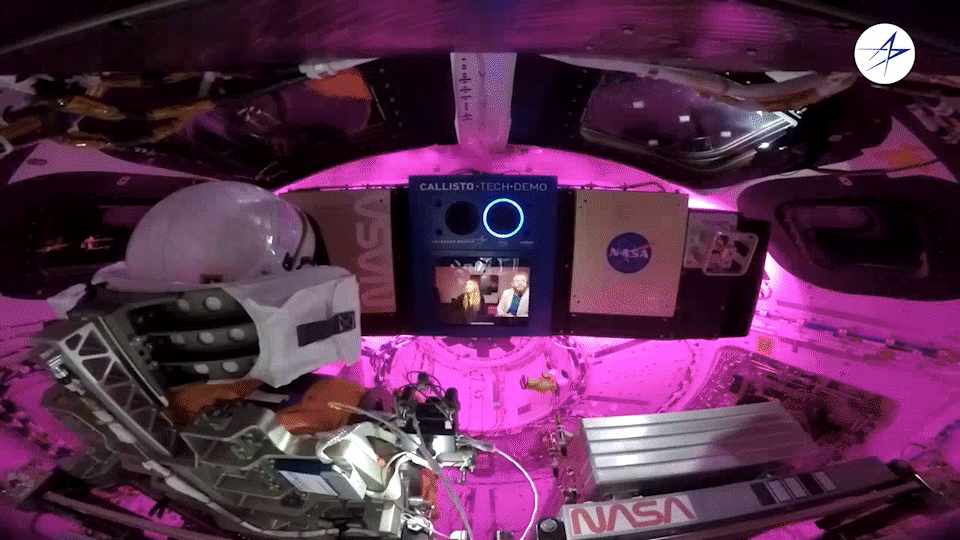
8. CH-53K Is Now in Full-Rate Production
The U.S. Navy declared full-rate production of the Sikorsky CH-53K® helicopter, a decision that is expected to increase production to more than 20 helicopters annually in the coming years. Ramping up production of the most technologically advanced helicopter in the world allows the U.S. Marine Corps to build out its CH-53K King Stallion fleet and support mission success,” said Bill Falk, director of the Sikorsky CH-53K program. This full-rate production decision instills confidence in the diverse network of more than 200 CH‑53K suppliers across 34 states. The Marine Corps’ commitment to the CH-53K will allow suppliers to purchase in bulk, creating efficiencies and driving down overall costs for the U.S. military and international allies.

9. Inflatable Habitats for Astronauts
As part of NASA’s NextSTEP program, we are developing an inflatable structure technology to support human space habitation in low-Earth orbit on the Moon and beyond. The recent inflatable burst test exceeded expectations, bursting at 285 psi, 6x the maximum operating pressure.
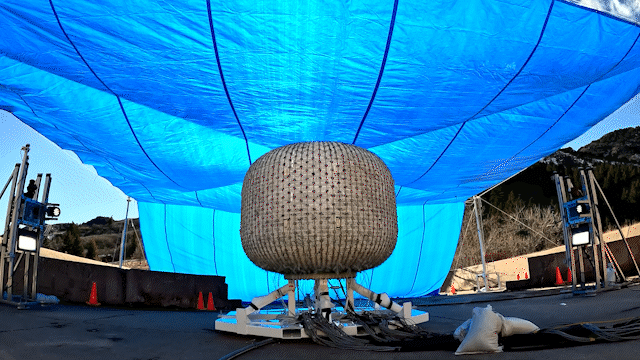
10. TPY-4 Long-Range Radar in Norway
In November, Norway signed a contract for eight TPY-4 radars as the country’s future air surveillance capability, with options for three additional radars. The radar can be adapted to new missions via simple software enhancements without any architectural or hardware changes. This multi-mission system will integrate seamlessly into existing air defense systems and can operate in contested environments.

11. Fulfilled a U.S. Army Need
In December, we delivered the first Mid-Range Capability (MRC) battery, also known as the Typhon Weapon System, to the United States Army Rapid Capabilities and Critical Technology Office. MRC is comprised of launchers, missiles and a battery operations center developed to address surface threats. It is part of the Army’s top modernization priority to develop and field new long-range precision fires capabilities.
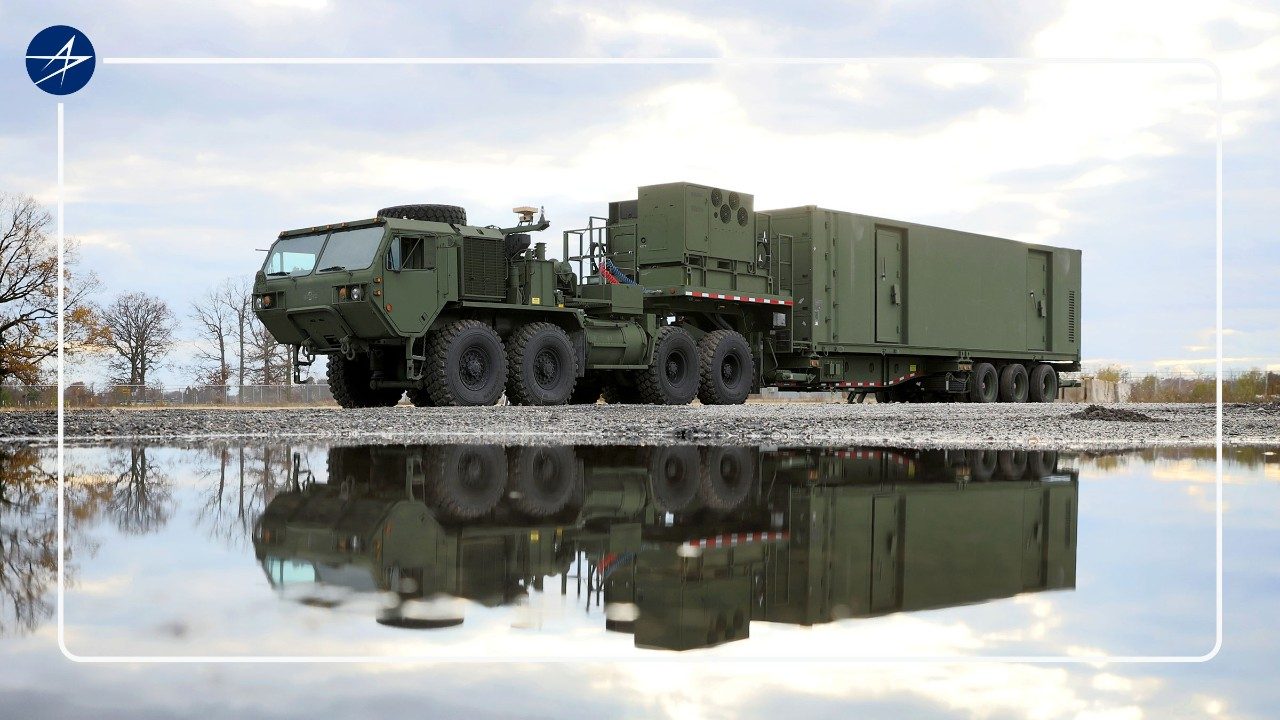
12. A New Era of the F-16
A new era of the Fighting Falcon began as the first Block 70 F-16 rolled off the production line in Greenville, South Carolina.
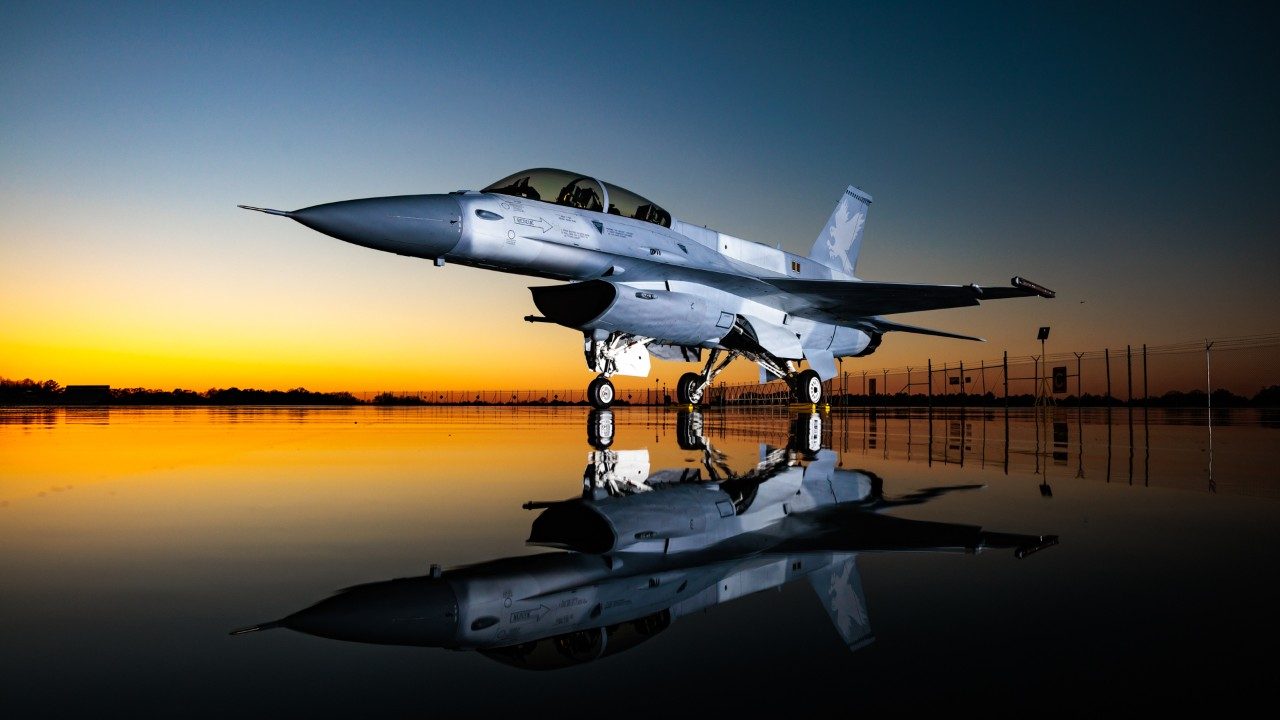
13. Stealth Technology
We delivered more than 1,000 very low-observable aircraft and counting. The Skunk Works® team has pioneered the stealth technology incorporated into the F-35 Lightning II, F-22 Raptor and the world’s first stealth aircraft, the F-117 Nighthawk.
